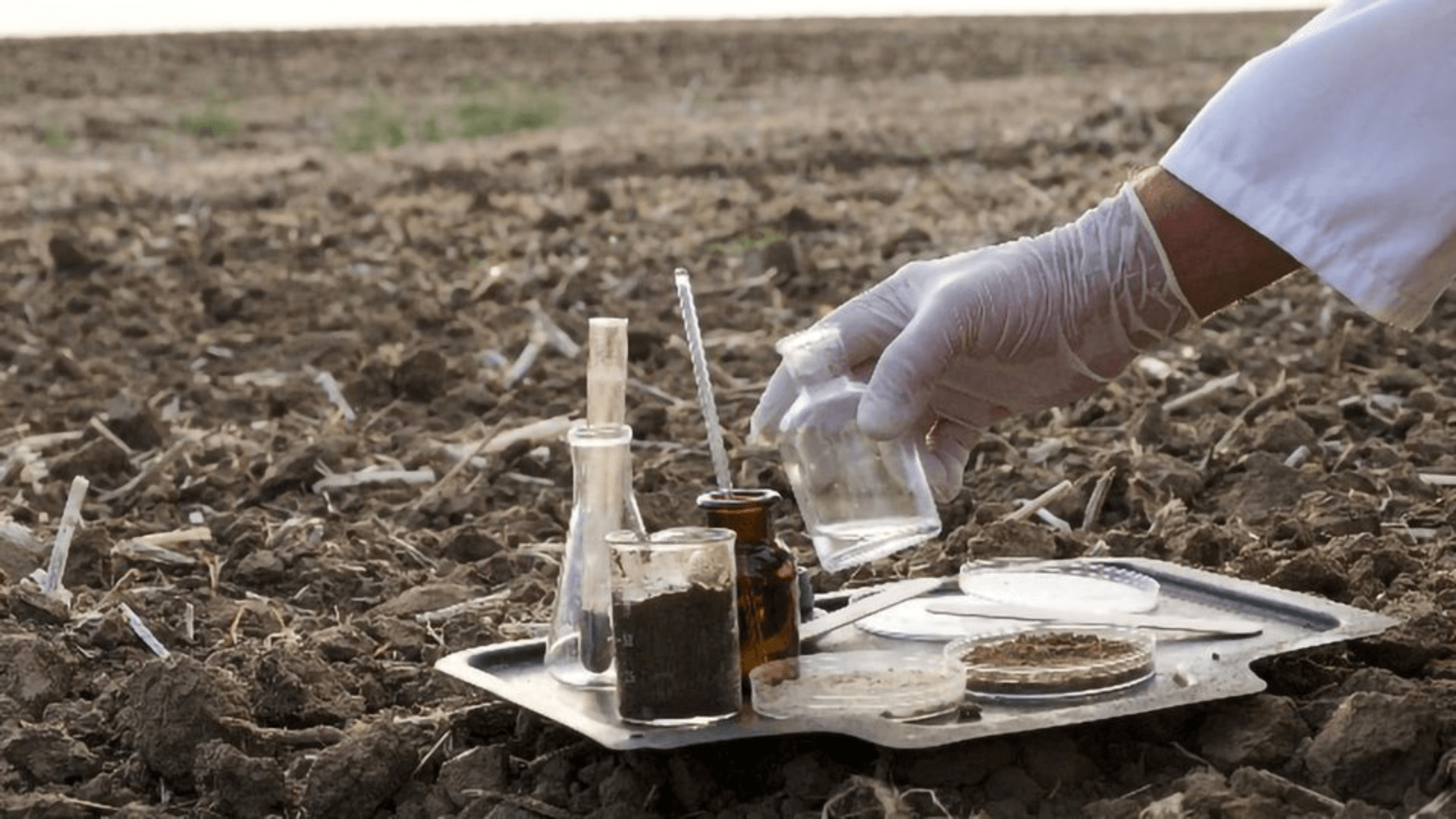For anyone involved in farming or gardening, soil health is a subject you can’t afford to ignore. Healthy soil is the foundation of a prosperous agricultural venture. But how do you know if your soil is healthy? In this blog, we will cover everything you need to know about soil health, from testing and analysis to improvement strategies.
The Importance of Soil Health
Soil health is crucial because it directly affects plant growth and yield. Healthy soil provides essential nutrients, water, and air to plants, ensuring that they grow strong and productive. Understanding your soil’s condition can make a significant difference in the quality and quantity of your crops.
How to Test Soil Health?
Before you take any steps to improve your soil, you must first know its current status. Here are some practical ways to test soil health.
- pH Testing: The pH level indicates the acidity or alkalinity of the soil. You can buy a pH testing kit or take a soil sample to a local agricultural lab.
- Nutrient Testing: This involves checking the soil for essential nutrients like nitrogen, phosphorus, and potassium. Specialized kits are available for this purpose.
- Texture Testing: The soil texture, whether sandy, loamy, or clayey, affects water retention and nutrient absorption. You can determine this by feeling the soil between your fingers.
Analyzing Soil Test Results
After testing, the next step is analysis. Here’s how to interpret common results:
pH Level
Acidic (pH < 7): May require lime to neutralize acidity.
Alkaline (pH > 7): May require sulfur to lower the pH.
Nutrient Levels
Low Nutrient Levels: Indicate the need for fertilization.
High Nutrient Levels: Suggest that you cut back on fertilizers.
Texture
Sandy: Poor water retention.
Loamy: Ideal for most crops.
Clayey: May need improvement for better drainage.
Soil Improvement Strategies
Once you have a clear picture of your soil’s health, you can take steps to improve it. Below are some proven strategies.
- Organic Matter Addition: Adding compost or manure can improve both nutrient levels and soil structure.
- Crop Rotation: Rotating crops prevents the soil from losing specific nutrients, ensuring balanced fertility.
- Cover Cropping: Planting cover crops like legumes can enrich the soil by fixing nitrogen, improving its overall fertility.
- Reduced Tilling: Over-tilling can disrupt soil structure and decrease its water-holding capacity. Limit tilling to only when absolutely necessary.

Tips for Long-term Soil Health Maintenance
- Regular Testing: Make it a habit to test your soil at least once a year to monitor its health.
- Balanced Fertilization: Over-fertilization can harm the soil. Always follow recommended guidelines for your specific crops.
- Water Wisely: Too much or too little water can both be detrimental to soil health. Implement effective water management techniques for optimal soil moisture.
Conclusion
Soil health is not just an agricultural concern; it’s a foundation for life. By understanding how to test and analyze your soil, you can implement effective improvement strategies that will benefit your farming venture in the long run. Invest in your soil, and it will, in turn, invest in your crops, leading to a more productive and sustainable agricultural practice.
See Also
- Best Practices for Weed Control in Agribusiness: Strategies and Tools
- Managing Soil Erosion: Techniques for Sustainable Agriculture
- Agri Tips


Leave a Reply